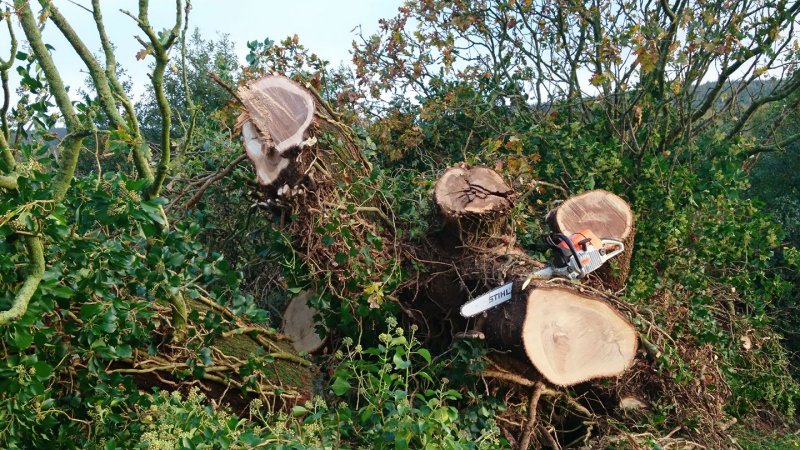I have reindeer to thank for my only ported saw, an MS361 - my single qualification for posting here.
The recent posts and videos prompted me to post, though a mere amateur, to say that the short bar bore cutting seems to be premised upon perceived safety over production. I used the term "perceived" because it appears from watching many videos that the extra time spend at the stump by routinely bore cutting has no correlation to safety until you cut the trigger. Of course, that is not necessarily true. Personally, I think time spent at the stump is directly proportionate to risk of injury.* Let alone, diminished production. Of course, using a trigger may diminish the time spent next to a tree in motion. But to me the risk of throwing a saw upon release or an uncontrolled fall due to a too thin hinge are more bothersome than the potential for extra time near a moving stem. I don't know much and though there is a time and place for boring cutting, I don't believe it should be the usual falling method in my neck of the woods.
This past Saturday, I had to choose between a bore cut or something else to fall a decent size red oak that grew in a sweeping sun-seeking arch. I chose a method close to the BC method shown in the posted video.** You can see from my stump that even measured by amateur standards I am not the most precise cutter. The cut at the stump was three feet or so. The stress of the lean split the stump but left the stem and my head intact. Until you guys tell me otherwise, if I had to do it again, other than as noted below, the only thing I would change for sure would be the chain on my saw as I didn't have the cutting speed I wanted. I was using .404 semi-chisel. Not to worry, I wasn't using the MS361.
View attachment 717313
Ron
* One of my favorite videos is of Gologit where he sizes up the tree and then walks over and just cuts it down. No stump dancing. No repeated cut and look.
** Due to my inexperience I varied from the BC approach and alternated thinning each side before taking out the middle. If I did it again, I would thin one side at a time as shown in the BC video.








